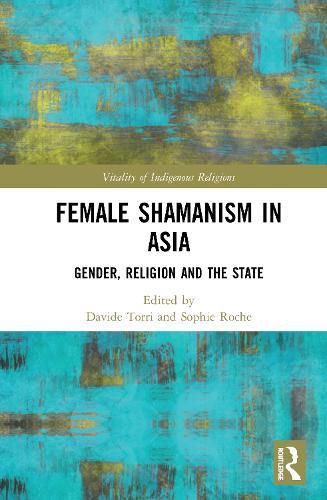Readings Newsletter
Become a Readings Member to make your shopping experience even easier.
Sign in or sign up for free!
You’re not far away from qualifying for FREE standard shipping within Australia
You’ve qualified for FREE standard shipping within Australia
The cart is loading…






This book concentrates on female shamanisms in Asia and their relationship with the state and other religions, offering a perspective on gender and shamanism that has often been neglected in previous accounts.
An international range of contributors cover a broad geographical scope, ranging from Siberia to South Asia, and Iran to Japan. Several key themes are considered, including the role of bureaucratic established religions in integrating, challenging and fighting shamanic practices, the position of women within shamaniccomplexes, and perceptions of the body,. Beginning with a chapter that places the shamaness at the centre of the discussion, chapters then approach these issues in a variety of ways, from historically informed accounts, to presenting the findings of extensive ethnographic research by the authors themselves.
Offering an important counterbalance to male dominated accounts of shamanism, this book will be of great interest to scholars of Indigenous Peoples across Religious Studies, Anthropology, Asian Studies, and Gender Studies.
$9.00 standard shipping within Australia
FREE standard shipping within Australia for orders over $100.00
Express & International shipping calculated at checkout
This book concentrates on female shamanisms in Asia and their relationship with the state and other religions, offering a perspective on gender and shamanism that has often been neglected in previous accounts.
An international range of contributors cover a broad geographical scope, ranging from Siberia to South Asia, and Iran to Japan. Several key themes are considered, including the role of bureaucratic established religions in integrating, challenging and fighting shamanic practices, the position of women within shamaniccomplexes, and perceptions of the body,. Beginning with a chapter that places the shamaness at the centre of the discussion, chapters then approach these issues in a variety of ways, from historically informed accounts, to presenting the findings of extensive ethnographic research by the authors themselves.
Offering an important counterbalance to male dominated accounts of shamanism, this book will be of great interest to scholars of Indigenous Peoples across Religious Studies, Anthropology, Asian Studies, and Gender Studies.